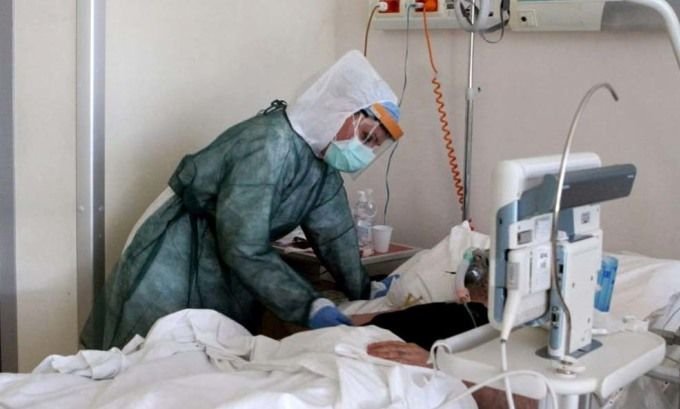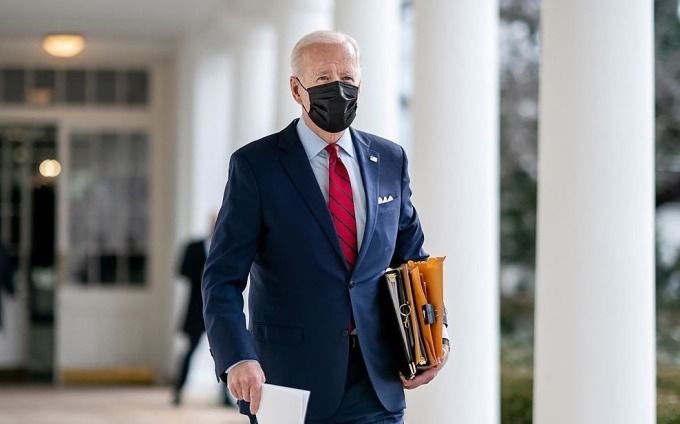After recording the first cases of nCoV infection at the end of January, Italy quickly became the largest epidemic region in Europe, with the focus being the Lombardy region in the north, causing the government to impose a strict nationwide blockade.
To cope with the Covid-19 `tsunami`, Italy allows nursing students to graduate early and calls for retired medical staff to return to work.
A few months later, along with a series of drastic restrictive measures by the government, based on advice from scientific and technical committees, hospitals in Italy are now empty of Covid-19 patients.
In order to learn from experience in containing nCoV in Italian hospitals, PanSurg, an initiative to research anti-Covid-19 methods established at Imperial College London, UK, organized an online seminar with doctors and educators.
Medical staff caring for patients at Vaio di Fidenza hospital, Parma city, Italy, on April 24.
First of all, we must protect the safety of medical staff, the greatest `asset` of any health care system before the pandemic.
The Italian Doctors Association reported on March 30 that nearly 8,400 medical staff tested positive for nCoV, worryingly, the majority were asymptomatic, of which more than 60 people died.
According to the Italian medical community, it is important that hospital staff be provided with protective equipment appropriate to their duties, while ensuring adequate supplies and instructing staff to use them properly.
In addition, medical staff also need to be tested for nCoV promptly and effectively, to minimize the possibility of missing work due to quarantine, as well as reduce the risk of spreading the virus to colleagues and patients.
The second experience that the Italian medical community has drawn is to clearly divide infected and non-infected areas in hospitals.
At Humanitas Hospital, a mandatory `pre-triage` area is set up outside the emergency department.
In order to minimize the possibility of the virus spreading, Humanitas hospital also completely prohibits visitors or relatives from taking care of the patient, although this requirement is quite difficult.
In fact, at Humanitas hospital, the level of nCoV spread in `clean` areas is higher than in `infected` areas, showing the high risk of infection of asymptomatic cases.
The third lesson to help Italian hospitals fight Covid-19 is to adjust screening and treatment methods.
Therefore, all patients in Italy must have a chest-lung CT scan to detect abnormal signs due to Covid-19 before surgery.
Since hospitals in Lombardy have many different criteria for treating Covid-19 patients, the team of doctors recommends that consistent guidance be issued as soon as possible, in order to support clinicians both physically and mentally.
The most worrying thing is that when Italy doubled ICU operating capacity, by reorganizing and building more ICU rooms in many hospitals, the rate of occupied intensive treatment beds remained at a low level.
On July 8, Papa Giovanni XXIII hospital in Bergamo, one of the largest hospitals in the Lombardy region, announced that the ICU rooms there no longer had Covid-19 patients, about 137 days after the first case was received.
After the announcement was made, hospital leadership and staff marked the milestone by observing a minute of silence to remember the victims of the pandemic, before a long round of applause.
`Because we all deserve this,` said Luca Lorini, director of the emergency department at Papa Giovanni XXIII hospital.










